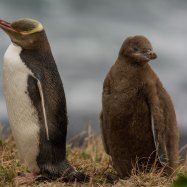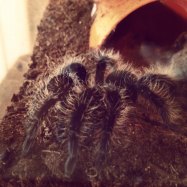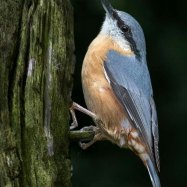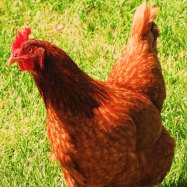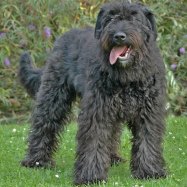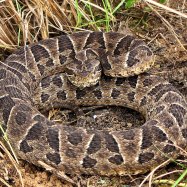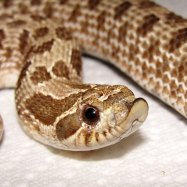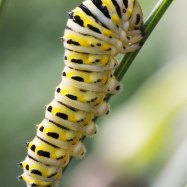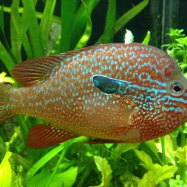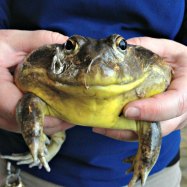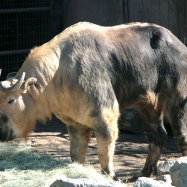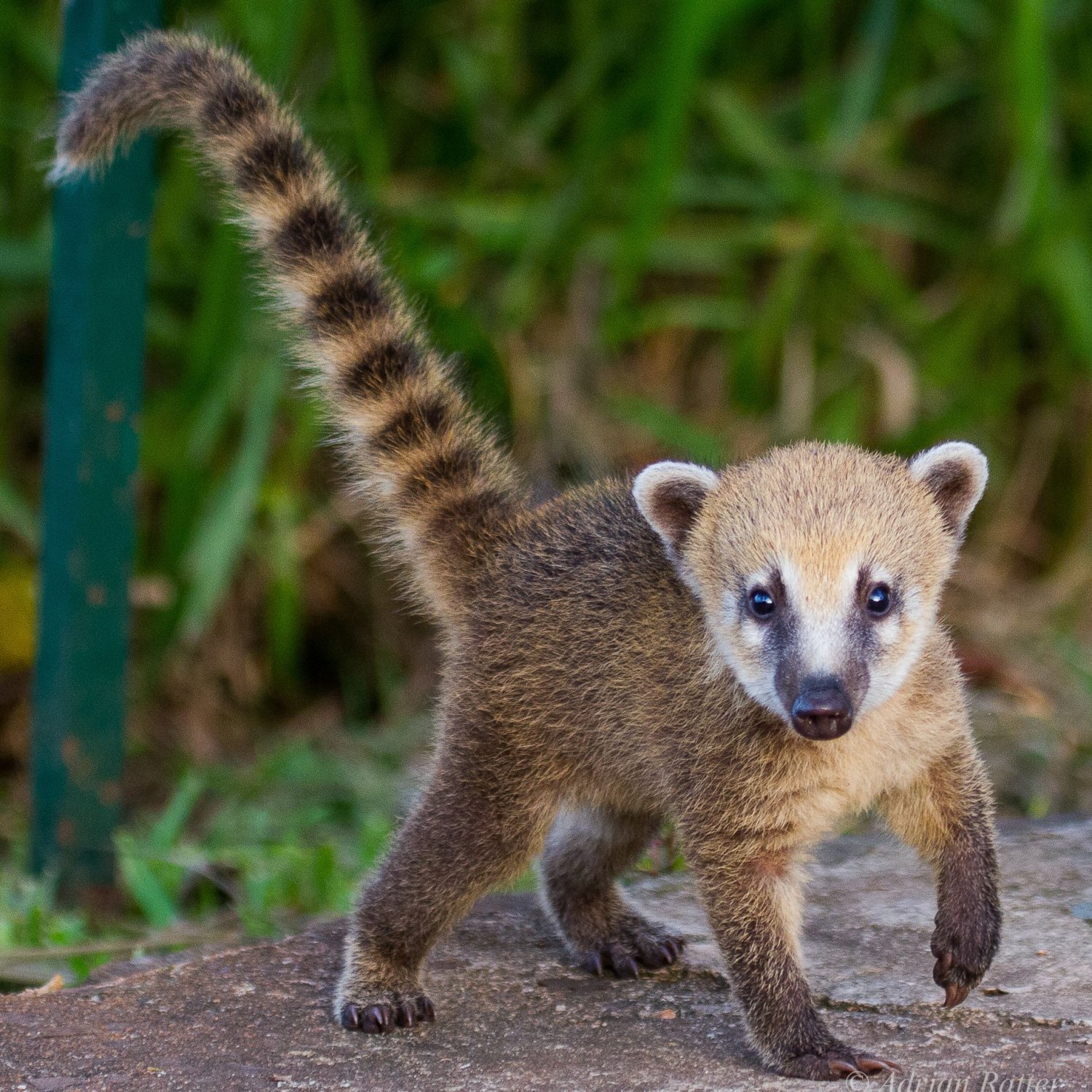
Coati
Head and body length: 40-70 cm (16-28 inches), Tail length: 45-70 cm (18-28 inches)
Meet the Coati, a curious and agile forest dweller with a long, flexible nose. Also known as the Brazilian aardvark, the Coati can be found in both forest canopies and on the forest floor. With a slender body and a length of 40-70 cm, this member of the Procyonidae family is a must-see for nature lovers. #Coati #ForestAnimals #WildlifeFacts
Animal Details Summary:
Common Name: Coati
Kingdom: Animalia
Habitat: Tropical forests, grasslands, and mangroves
The Charismatic Coati: Discovering the Playful and Resourceful Nasua nasua
The animal kingdom is full of fascinating creatures, from tiny insects to massive mammals. But among all the diversity, there is one animal that stands out with its unique physical traits, intriguing behavior, and impressive adaptability – the Coati.Also known by its scientific name, Nasua nasua, or simply the Coati, this mammal belongs to the order Carnivora and the family Procyonidae. This family includes other well-known animals such as raccoons and kinkajous Coati. However, the Coati has its own distinct characteristics that make it a truly remarkable creature.
An Adaptable and Versatile Habitat
The Coati is native to the tropical regions of the Americas, specifically in the southwestern parts of North America, Central America, and South America. This means that it can be found in multiple countries, including Brazil, Mexico, and Argentina.But what makes the Coati stand out is its ability to thrive in a diverse range of habitats. You can find them in tropical forests, but also in grasslands and mangroves. They are also known to adapt well to human settlements, making their homes in urban areas.
This versatility is due to the Coati’s omnivorous diet, which allows it to find food in different environments. It also has a flexible body and excellent climbing skills, allowing it to navigate through various terrains.
The Playful and Resourceful Coati
The Coati has a playful and curious nature, making it a joy to observe in its natural habitat Chain Pickerel. It is a highly social animal, living in groups of up to 20 individuals called bands. These bands are led by a dominant male and consist of females and their young.Within the band, Coatis have a highly complex social hierarchy, with each individual having a specific role to play. This includes lookouts, foragers, and even babysitters. This level of cooperation and organization is impressive for a mammal that is not known for its intelligence.
But what truly sets the Coati apart is its resourceful nature. They are known to use tools such as sticks and rocks to access food, making them one of the few animals to exhibit this behavior. They are also excellent at raiding crops and scavenging in urban areas for food.
The Extraordinary Physical Traits of the Coati
While the Coati may not be the largest or most fearsome animal, it has its own unique physical traits that make it a fascinating creature.Its body shape is slender, with a long, flexible nose that it uses to dig for food. This nose is highly specialized, allowing the Coati to root through the forest floor and extract insects, small animals, and plants. It is also incredibly dexterous, allowing the Coati to manipulate objects and open fruits and nuts with ease.
The Coati’s coloration is also noteworthy, with its brown fur blending in well with the forest floor. But what stands out most is its lighter-colored snout and its long, ringed tail. The tail serves several purposes, including balance while climbing and communication within the band.
Fascinating Facts About the Coati
Now that we have explored the Coati’s remarkable physical and behavioral traits, here are some fascinating facts about this charismatic creature.- The Coati has strong, sharp claws that it uses to climb trees and dig for food.
- They have excellent eyesight and a highly developed sense of smell, making them efficient hunters.
- While the Coati primarily walks on its four legs, it can also stand and walk on its hind legs.
- During mating season, which typically occurs from February to June, male Coatis will compete for dominance through displays of strength and agility.
- The female Coati gives birth to an average of 4-6 young, called kits. The kits stay with their mother for the first year of their life before leaving the band to form their own.
The Coati’s Relevance in Conservation Efforts
Unfortunately, the Coati’s population is declining due to habitat loss and fragmentation. As humans continue to encroach on their territory, these animals are facing threats such as road accidents, destruction of their natural habitat, and poaching for their fur.Conservation efforts are crucial to ensure the survival of the Coati. Organizations such as the World Wildlife Fund are working towards protecting and preserving their natural habitats. Additionally, educating locals and visitors about the Coati and its essential role in the ecosystem can also help in their conservation.
In Conclusion
In conclusion, the Coati is a truly remarkable and unique animal that continues to captivate researchers and nature enthusiasts alike. From its versatile habitat to its playful and resourceful behavior, this mammal has earned its spot as one of the most intriguing creatures in the animal kingdom.As humans, it is our responsibility to protect and preserve the Coati, along with other animal species. By understanding and appreciating their role in the ecosystem, we can ensure that future generations get to experience the charismatic Coati in all its splendor.

Coati
Animal Details Coati - Scientific Name: Nasua nasua
- Category: Animals C
- Scientific Name: Nasua nasua
- Common Name: Coati
- Kingdom: Animalia
- Phylum: Chordata
- Class: Mammalia
- Order: Carnivora
- Family: Procyonidae
- Habitat: Tropical forests, grasslands, and mangroves
- Feeding Method: Omnivorous
- Geographical Distribution: Southwestern parts of North America, Central America, and South America
- Country of Origin: Multiple countries including Brazil, Mexico, and Argentina
- Location: Forest canopies and the forest floor
- Animal Coloration: Brown, with a lighter colored snout and a long, ringed tail
- Body Shape: Slender body with a long, flexible nose
- Length: Head and body length: 40-70 cm (16-28 inches), Tail length: 45-70 cm (18-28 inches)
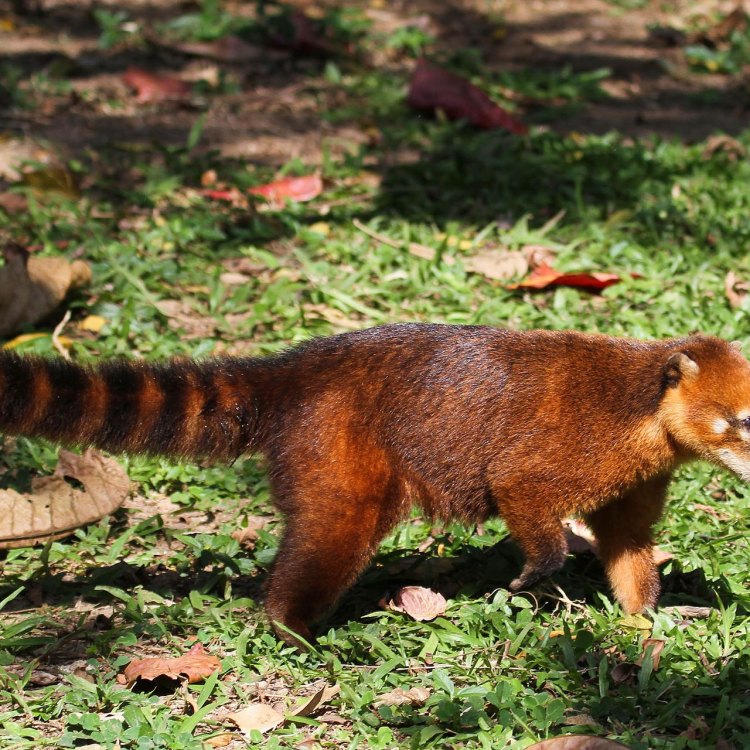
Coati
- Adult Size: Medium-sized
- Average Lifespan: 7-10 years
- Reproduction: Sexual
- Reproductive Behavior: Polygynous
- Sound or Call: Coatis make a variety of vocalizations including whistles, snorts, and growls
- Migration Pattern: Generally nomadic
- Social Groups: Form groups called bands
- Behavior: Diurnal and primarily arboreal
- Threats: Habitat loss and fragmentation, hunting, and road mortality
- Conservation Status: Least Concern (IUCN Red List)
- Impact on Ecosystem: Important seed dispersers
- Human Use: Hunted for their meat and fur
- Distinctive Features: Long, ringed tail and a flexible snout
- Interesting Facts: 1. Coatis are highly skilled climbers and spend a significant amount of time in trees. 2. They have a specialized wrist joint that allows them to rotate their paws backwards for better climbing. 3. Coatis have a highly developed sense of smell and use their long nose to search for food. 4. They are opportunistic omnivores and feed on fruits, insects, small vertebrates, and eggs. 5. Coatis have a complex social structure, with adult males living solitary lives while females and juveniles form cohesive groups.
- Predator: Large birds of prey, jaguars, and other large carnivores
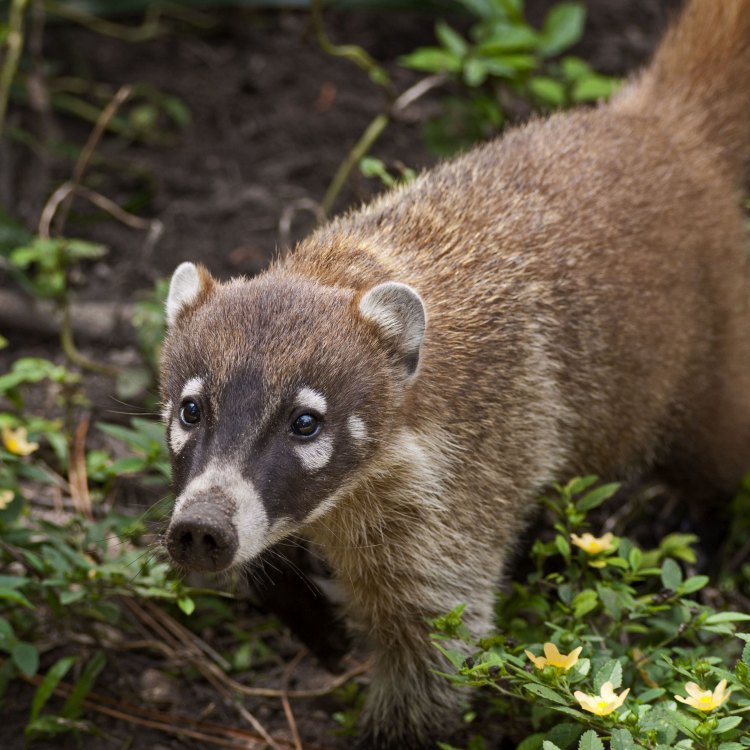
Nasua nasua
The Fascinating World of the Coati: A Medium-Sized Wonder
Have you ever heard of a coati? This unique animal is not very well-known, but it is certainly worth learning about. These fascinating creatures belong to the raccoon family and are native to the western hemisphere, primarily found in Central and South America. They are also known as coatimundis or simply coatis. But what makes them so special? Let's delve into the world of the coati and discover its intriguing features, behaviors, and importance in the ecosystem PeaceOfAnimals.Com.The Basics: Size and Lifespan
Coatis are medium-sized animals, measuring around 2-2.5 feet in length and weighing between 8-18 pounds. They have slender bodies with long, thin legs and a pointed snout. Their most distinctive feature is their long, ringed tail, which can range from 20-25 inches in length. These tails are used for balance and communication within their social groups.On average, coatis can live for 7-10 years in the wild. However, some individuals have been known to live up to 14 years. Their lifespan may be shorter when living in captivity due to stress and lack of ability to engage in natural behaviors.
Reproduction and Social Behavior
Coatis are classified as polygynous, meaning that one male will mate with multiple females within a social group Cheagle. Mating typically occurs between January to March, and females give birth to an average of four babies after a gestation period of 77-79 days. These young coatis, called kits, are raised and protected by the females within the group.Coatis are diurnal, meaning they are active during the day, and are primarily arboreal, spending a significant amount of time in trees. They are highly skilled climbers and have a specialized wrist joint that allows them to rotate their paws backwards for better grip on branches. Additionally, their long tails also aid in balance while climbing.
Communication and Sounds
Coatis are vocal animals and make a variety of sounds to communicate with each other. They have a wide range of vocalizations including whistles, snorts, and growls. These sounds help them identify other members of their social group and warn them of potential threats.Aside from vocal communication, coatis also use their tails in a unique way. When they are feeling threatened, they can lift their tails in an upright position, exposing the white fur and making them appear larger and more intimidating to predators.
Migration and Social Groups
Coatis generally have a nomadic lifestyle, meaning they do not have a fixed home or territory. They are constantly on the move, searching for food and resources. They form social groups called bands, which can consist of anywhere from 15-30 individuals, led by a dominant male. These bands are primarily made up of females and their offspring, while males live solitary lives.The dominant male within the band is responsible for protecting the group and will often vocalize to let them know of any danger. Females also play a crucial role in teaching their young how to find food and survive in their environment.
Threats and Conservation Status
Coatis face several threats in their natural habitat, including habitat loss and fragmentation, hunting, and road mortality. Due to deforestation and human development, their population has declined in certain areas. In addition, they are also hunted for their meat and fur, despite being listed as a species of Least Concern on the IUCN Red List. Conservation efforts are being made to protect their habitats and prevent further decline in their population.Importance in the Ecosystem
Coatis play an important role in the ecosystem as seed dispersers. As they forage for food, they aid in the dispersal of seeds from the fruits they eat. This helps with forest regeneration and maintaining a healthy balance in the ecosystem. Coatis also help control insect populations, as they are omnivorous and feed on a variety of insects, including ants, termites, and beetles.Humans and Coatis
Coatis have also been historically used by humans for food and fur. However, there is now a ban on hunting them in most countries to protect their declining populations. In some areas, ecotourism has become a popular way to observe and learn about coatis, providing an alternative source of income for local communities.Interesting Facts
Now, let's take a look at some fascinating facts about coatis that set them apart from other animals:1. Coatis are highly skilled climbers and spend around 60% of their time in trees.
2. They have a specialized wrist joint that allows them to rotate their paws backwards, making them excellent climbers.
3. Coatis have a highly developed sense of smell and use their long, flexible snouts to search for food.
4. They are opportunistic omnivores, meaning they eat a variety of foods, including fruits, insects, small vertebrates, and eggs.
5. Coatis have a complex social structure, with adult males living solitary lives, while females and juveniles form cohesive groups, making them highly adaptable to their environment.
Predators
As with any animal, coatis also have natural predators. Large birds of prey, such as eagles, and jaguars are their biggest adversaries, along with other large carnivores. Due to their social behavior and ability to climb, their best defense against predators is their strong group structure and agility in trees.In Conclusion
In the wild world of animals, the coati is truly a unique and fascinating species. From their skilled climbing abilities to their complex social structure, they have captured the interest of many. As more research is conducted, we may discover even more about these intelligent and adaptable creatures. It is important for us to continue to protect their habitats and aid in their conservation efforts to ensure that future generations can also admire and learn from these amazing animals.
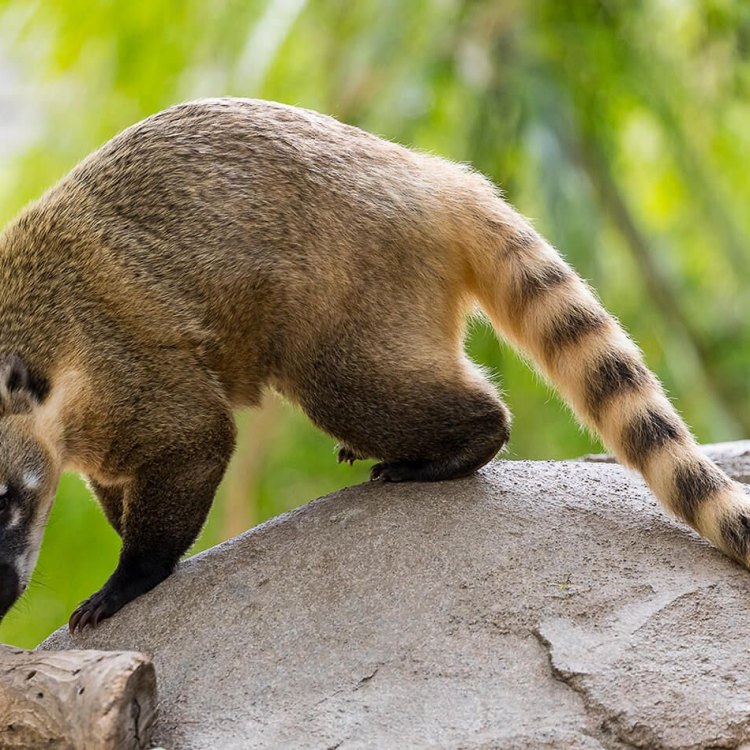
The Charismatic Coati: Discovering the Playful and Resourceful Nasua nasua
Disclaimer: The content provided is for informational purposes only. We cannot guarantee the accuracy of the information on this page 100%. All information provided here may change without prior notice.

